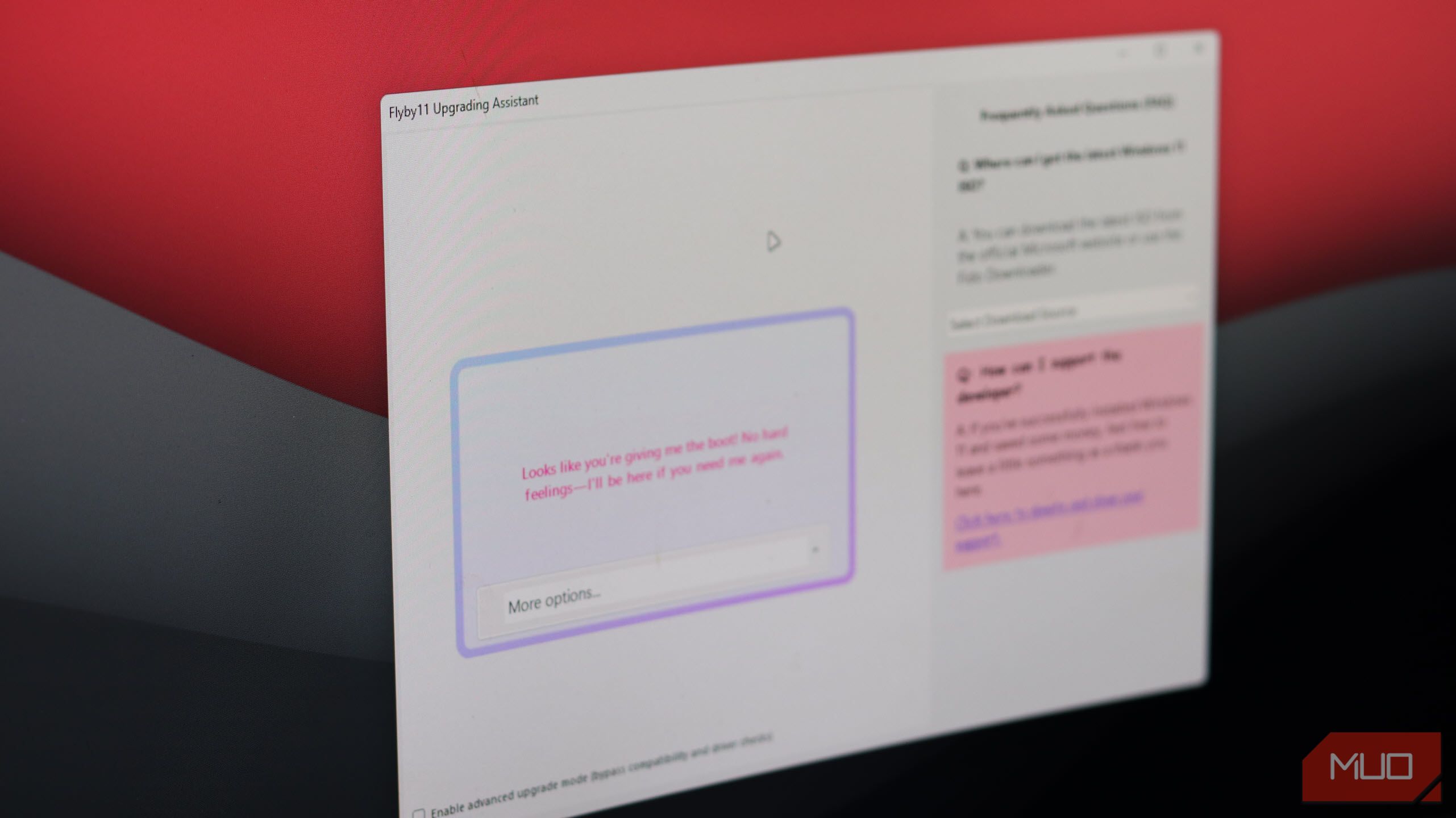Create a Secure Password in Windows: Easy Steps
:max_bytes(150000):strip_icc():format(jpeg)/001_how-do-i-create-a-password-in-windows-2626071-af89300019a74623af2941c93b657a70.jpg)
What to Know
- To create a password in Windows, go to the Settings menu and select “Accounts.”
- Click on “Sign-in options” and choose “Password” to start setting up your new password.
This guide explains how to set up a password on a Windows computer.
How to Create a Windows 11, 10, or 8 Password
Create a password through the Control Panel. Once set, use the password when logging into Windows. You can later choose to remove your Windows password or set your computer to log in automatically.
-
Open Control Panel. The easiest way to do that is by entering the word control in the Start menu or Run dialog box. Another way in Windows 8 is through the Power User Menu by pressing Win+X.
-
Select User Accounts (Windows 11/10) or User Accounts and Family Safety (Windows 8).
If you’re viewing the applets by their icons instead of in category view on Windows 11 or 10, proceed to Step 4 after choosing User Accounts. If you’re on Windows 8 in this view, you won’t even see this option; open User Accounts instead and then skip down to Step 4.
-
Open User Accounts.
-
Choose Make changes to my account in PC settings.
-
Select Sign-in options. If you’re using Windows 11, you’ll see this only after selecting Accounts on the left
-
Under the Password area, choose Add.
-
Enter and confirm the new password by typing it in the first two text fields.
-
In the Password hint field, enter something that will help you remember the password should you forget it, and then select Next.
-
Select Finish to complete the new password setup.
-
You can now exit out of any windows you opened to make the password, like Settings or PC settings.
How to Create a Windows 7 or Windows Vista Password
Control Panel is used to set a password on Windows 7 and Windows Vista.
-
Open Control Panel from the Start menu.
-
Select User Accounts and Family Safety (Windows 7) or User Accounts (Windows Vista).
If you don’t see this link while creating or resetting your password in Windows 7, it’s because you’re using Control Panel in a view that just shows icons or links to the applets, and this one isn’t included. Open User Accounts instead, and then go on to Step 4.
-
Choose User Accounts.
-
In the Make changes to your user account area, select Create a password for your account.
-
Type the password you want to use in the first two text boxes.
-
Enter something useful in the Type a password hint text box. This step is optional but we highly recommend that you use it. If you try logging in to Windows but enter the wrong password, this hint will pop up, hopefully jogging your memory.
-
Choose Create password to confirm your new password.
-
You can now close out of any open windows you used to reach the page for changing the password.
How to Create a Windows XP Password
Follow these steps to put a password on your computer if it has Windows XP installed:
-
Navigate to Start > Control Panel.
-
Choose User Accounts.
If you’re in the Category View of Control Panel, you’ll need to select it again on the next screen.
-
In the or pick an account to change area, select your username.
-
Choose the Create a password link.
-
In the first two text boxes, enter the password you would like to start using.
-
Choose Create Password to confirm your new password.
-
The next screen might ask Do you want to make your files and folders private?. If other user accounts will be set up on this PC and you’d like to keep your personal files private, select Yes, Make Private.
If you’re not concerned about this kind of security or this account is the only account on your PC, you can choose No.
-
You can now close the User Accounts window and the Control Panel window.
Thanks for letting us know!
Subscribe
Tell us why!
:max_bytes(150000):strip_icc()/ManworkingonDesktopPC-c01a9667f67f498b954a3b40e3bbcaf3.jpg?w=1920&resize=1920,1267&ssl=1)



:max_bytes(150000):strip_icc()/GettyImages-769733963-fcd2447383ca48aa998227af2f7789a8.jpg?w=1920&resize=1920,1267&ssl=1)
:max_bytes(150000):strip_icc()/ps4controller-1311fddd9b1c47a58eebb273c194f16e.jpg?w=1920&resize=1920,1440&ssl=1)
:max_bytes(150000):strip_icc():format(jpeg)/ps4controller-1311fddd9b1c47a58eebb273c194f16e.jpg)